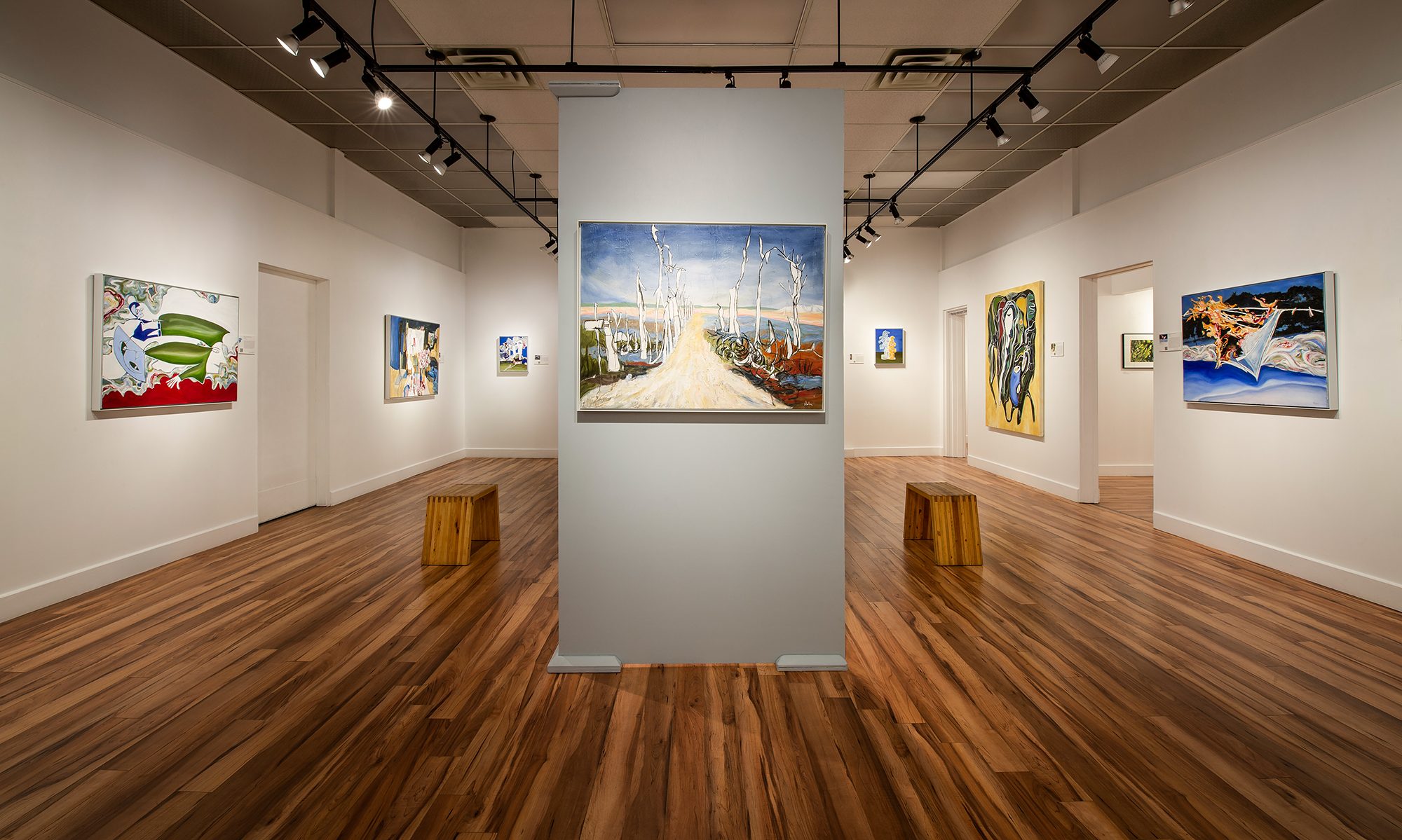Blind Contour Drawing #9 “Maman” Louise Bourgeois 1999
Louise Bourgeois was a French-American sculptor, painter, printmaker and pioneering installation artist.
Her work was heavily influenced by traumatic events from her childhood, especially her father’s numerous affairs. She used objects such as spirals, spiders, cages, medical tools, and sewn appendages to symbolize the feminine psyche, beauty, and psychological pain.
Her often sexually explicit subject matter and her focus on three-dimensional form were rare for women artists in her time. She worked with plethora of materials including, wood, marble, bronze, latex, plaster, and rubber.
Bourgeois was born in Paris in 1911. Her family lived in an apartment above the gallery where her parents sold antique tapestries that they restored. She worked with her mother, Josephine, by washing, mending, sewing and drawing.
She had a wide-ranging education and studied math and philosophy at the Sorbonne. After her mother’s death, in 1932 she began studying art.
In 1938, she began exhibiting her work at the Salon d’Automne and opened her own gallery in a sectioned-off area of her father’s showroom. There she met art historian Robert Goldwater, whom she married. The couple moved to New York City in 1938.
Bourgeois enrolled at the Art Students League and focused her attention on printmaking and painting, while raising their 3 young children.
Goldwater introduced her to New York artists, critics and dealers. In 1953, MoMA bought one of her works for their collection and in the late ‘40’s & ‘50’s she had several solo shows in New York galleries.
In 1954, she joined the American Abstract Artists Group and made the transition from wood and upright structures to marble, plaster and bronze. She often employed mythology and archetypal imagery exploring themes like fear, vulnerability and loss of control. This transition was a turning point in her career.
Her husband died in 1973, the same year she began teaching at various institutions in New York City. She continued to exhibit and in the ‘70’s and ‘80’s and began presenting performance pieces.
She became politically active as a socialist and a feminist and joined the Fight Censorship Group, which defended the use of sexually explicit imagery in art.
In 1982, she was the first female artist to have a retrospective at MoMA and in 1993 she represented the US in the Venice Biennale.
There are countless books and articles written about this incredible woman. Painter, printmaker, illustrator and of course sculptor and installation artist. At 98 and in the last year of her life, she used her art to speak up for LGBT equality. Her work was always centered upon the reconstruction of memory and she helped inform the Feminist art movement. She continues to influence feminist-inspired work and installation art world wide.
Born: December 25, 1911 – Paris
Died: May 31, 2010 – New York
Maman (1999)
The original piece was made of stainless steel. There are 6 bronze casts. It is over 30 feet tall and includes a sack containing gray and white marble eggs.
The spider first appears in Bourgeois’s work in the 1940s. The spider is a positive and loving symbol of her mother.
“The Spider is an ode to my mother. She was my best friend. Like a spider, my mother was a weaver. . . Like spiders, my mother was very clever. Spiders are friendly presences that eat mosquitoes. We know that mosquitoes spread diseases and are therefore unwanted. So, spiders are helpful and protective, just like my mother.”
Part of the permanent collections of the Tate Modern, UK, the National Gallery of Canada, Ottawa, the Guggenheim Museum, Bilbao, Spain, the Mori Art Museum, Tokyo, Japan, the Leeum, Samsung Museum of Art, South Korea, the Crystal Bridges Museum of American Art, Arkansas, USA and the Qatar National Convention Center, Doha, Qatar. “Maman” has also toured the world.
My photograph of “Maman” at the Guggenheim Museum, Bilbao, Spain



